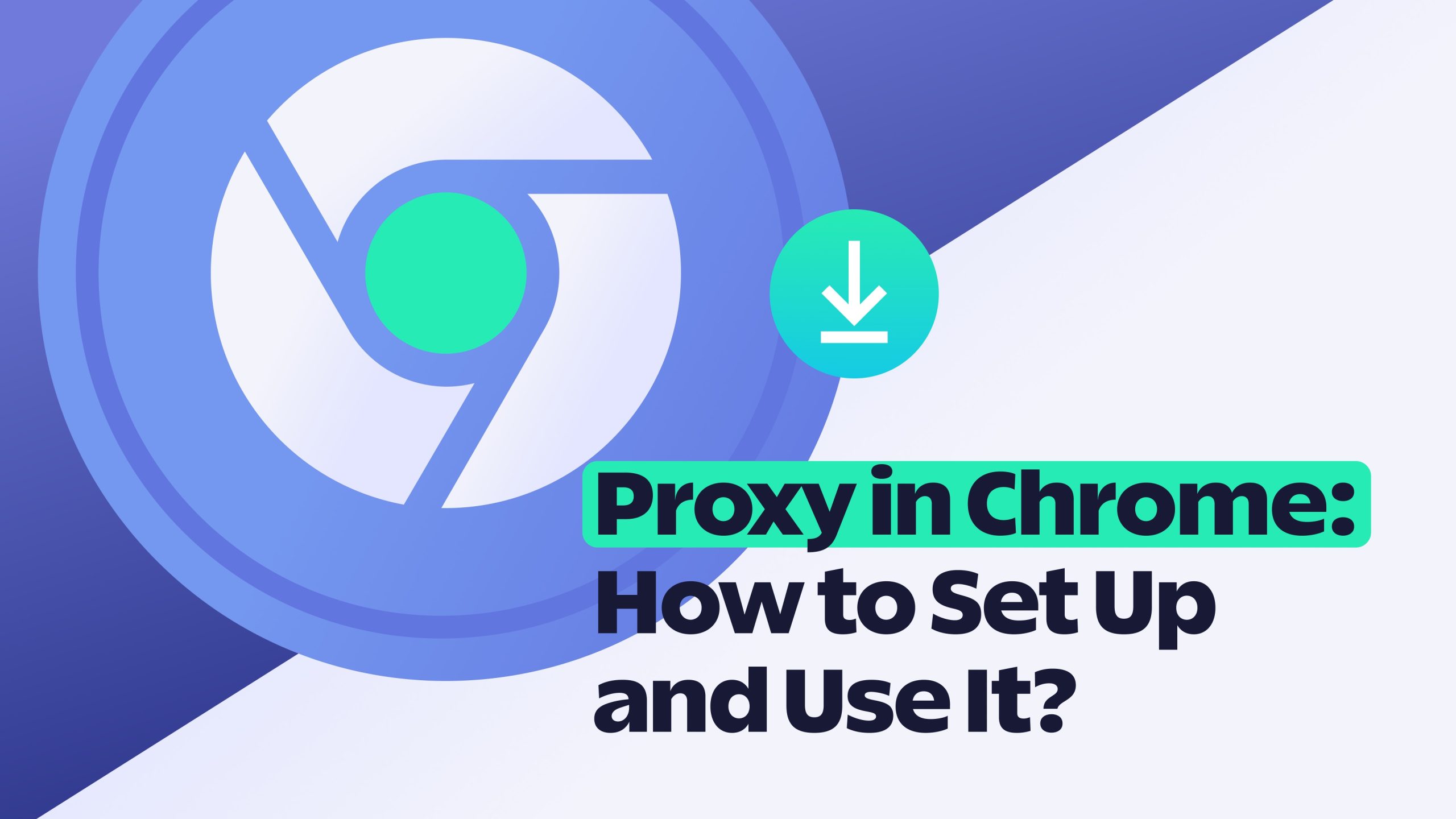
Understanding the Digital Landscape: Why Proxies Matter More Than Ever
In today‘s hyperconnected world, your online privacy isn‘t just a luxury—it‘s a necessity. Every click, every search, every digital interaction leaves a trace, and without proper protection, you‘re essentially walking through the internet‘s crowded streets with your personal information displayed like a neon sign.
Imagine having a digital invisibility cloak that allows you to browse, research, and explore without constantly feeling exposed. That‘s precisely what a well-configured proxy in Chrome can provide. As someone who has spent years navigating the complex terrain of internet privacy and network security, I‘m here to demystify the world of proxies and show you how to take control of your online experience.
The Proxy Ecosystem: More Than Just an IP Disguise
Proxies are far more sophisticated than simple IP masking tools. They represent a complex ecosystem of network routing technologies that serve multiple critical functions in our digital infrastructure. At its core, a proxy server acts as an intermediary between your device and the vast, often unpredictable landscape of the internet.
When you connect through a proxy, your internet traffic doesn‘t flow directly from your device to the destination server. Instead, it‘s routed through an intermediary server that acts as a protective buffer. This means the websites you visit see the proxy server‘s IP address, not your actual location or network details.
The Multifaceted Benefits of Proxy Usage
Consider the following scenarios where a proxy becomes an invaluable tool:
Geographical Content Access: Imagine being a researcher who needs to access academic resources restricted to specific regions. A proxy allows you to seamlessly bypass these limitations, opening up a world of information.
Enhanced Privacy: In an era of unprecedented digital surveillance, proxies provide a critical layer of anonymity. They obscure your digital footprint, making it significantly more challenging for advertisers, trackers, and potential malicious actors to build a comprehensive profile of your online activities.
Network Performance Optimization: Some advanced proxy configurations can actually improve your browsing speed by caching frequently accessed content and distributing network load efficiently.
Diving Deep: Proxy Types and Their Unique Characteristics
Not all proxies are created equal. Understanding the nuanced differences between proxy types is crucial for selecting the right solution for your specific needs.
HTTP Proxies
Designed primarily for web browsing, HTTP proxies are lightweight and fast. They‘re excellent for basic web access but offer limited protocol support. These are typically the go-to choice for casual users seeking simple IP masking.
HTTPS Proxies
Building upon HTTP proxies, HTTPS variants introduce an essential layer of encryption. This means not only is your IP address hidden, but your entire communication channel is secured against potential interceptception. For anyone handling sensitive information, HTTPS proxies represent a significant security upgrade.
SOCKS4 and SOCKS5 Proxies
These represent the Swiss Army knives of the proxy world. Supporting a broader range of network protocols, SOCKS proxies are incredibly versatile. SOCKS5, in particular, offers advanced features like authentication and UDP support, making it ideal for more complex networking requirements.
Chrome Proxy Configuration: A Comprehensive Setup Guide
Windows Configuration Walkthrough
Setting up a proxy in Chrome on Windows is a straightforward process that requires careful attention to detail. Here‘s a step-by-step guide that will walk you through the entire configuration:
- Launch Google Chrome and click on the three-dot menu in the top right corner.
- Navigate to "Settings" and scroll down to the "System" section.
- Click on "Open your computer‘s proxy settings" to access the Windows network configuration.
- In the proxy settings, you‘ll find options to manually configure your proxy server.
- Enter the proxy server address and corresponding port number provided by your proxy service.
- If your proxy requires authentication, ensure you input the correct credentials.
- Save your settings and restart Chrome to ensure the configuration takes effect.
macOS Proxy Setup
Mac users will find the process slightly different but equally manageable:
- Open System Preferences
- Select "Network"
- Choose your active network interface
- Click "Advanced"
- Navigate to the "Proxies" tab
- Select the type of proxy you‘re configuring
- Input the server address and port
- If required, provide authentication details
- Click "OK" and then "Apply"
Security Considerations: Beyond Basic Configuration
While setting up a proxy is relatively straightforward, ensuring robust security requires a more nuanced approach. Here are some critical considerations:
Authentication and Encryption
Always prioritize proxies that offer strong authentication mechanisms. Look for services supporting multi-factor authentication and those using robust encryption protocols like TLS 1.3.
Regular IP Rotation
Sophisticated users should consider proxy services that offer automatic IP rotation. This prevents potential tracking and adds an extra layer of anonymity to your browsing experience.
Performance Monitoring
Regularly test your proxy‘s performance using tools that measure latency, download speeds, and connection stability. A proxy that significantly degrades your internet speed might not be worth the trade-off.
Advanced Strategies: Proxy Chaining and Anonymity Techniques
For users seeking maximum privacy, consider implementing proxy chains—a technique where your traffic is routed through multiple proxy servers. This exponentially increases the complexity of tracking your original IP address.
Emerging Trends in Proxy Technology
The proxy landscape is continuously evolving. Emerging technologies like AI-powered proxy selection, blockchain-based networking, and machine learning traffic routing are set to revolutionize how we think about online privacy.
Conclusion: Empowering Your Digital Journey
Configuring a proxy in Chrome isn‘t just a technical exercise—it‘s a strategic decision to reclaim your digital sovereignty. By understanding and implementing these techniques, you transform from a passive internet consumer to an active privacy advocate.
Remember, in the digital age, your online privacy is your most valuable asset. Treat it with the care and sophistication it deserves.






